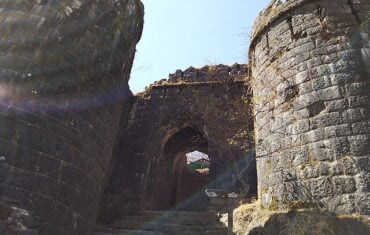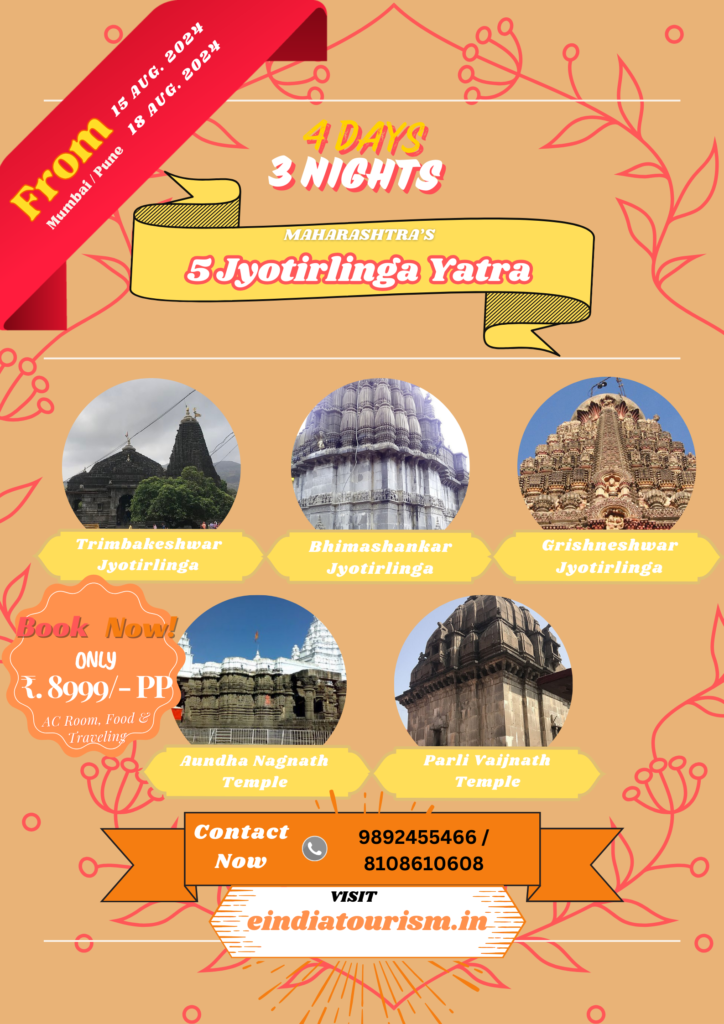Nagaur, a city in Rajasthan, India, is known for its historical and cultural significance. It is home to the Nagaur Fort, one of the finest examples of Rajput-Mughal architecture, which witnessed many battles and sieges in the past centuries. But apart from the fort, there is another attraction in Nagaur that attracts many visitors every year. It is the Amar Singh Cenotaph, a memorial of a brave Rajput king who fought against the Mughal emperor Aurangzeb. Visit during One Day Nagaur Local Sightseeing By Private Cab
The cenotaph is located at Ahar, a cremation ground for the Sisodia rulers of Mewar, who ruled Nagaur for centuries. In this article, we will explore the overview, location, timing/entry fees, how to reach, things to do/must see, significance, FAQ’s and conclusion of this cenotaph.
Overview of Amar Singh Cenotaph

The Amar Singh Cenotaph is one of the 372 cenotaphs (chhatris) that are built at Ahar for the Sisodia rulers and their family members. The cenotaphs are made of white marble and have intricate carvings and paintings. The Amar Singh Cenotaph is the most prominent and impressive among them, as it is dedicated to Amar Singh Rathore (30 December 1613 – 25 July 1644), a legendary warrior and chieftain who fought valiantly against the Mughal Empire.
He was the ruler of Nagaur and a loyal vassal of Shah Jahan, the Mughal emperor. However, he rebelled against Aurangzeb, Shah Jahan’s son and successor, who tried to usurp his throne and impose his religious policies. Amar Singh Rathore was killed in a battle at Agra in 1644.
The cenotaph was built in the early 18th century by his descendants to honor his memory and bravery. The cenotaph has a dome-shaped roof supported by 12 pillars and a spire on top. The cenotaph has a statue of Amar Singh Rathore on horseback with his sword raised in his right hand. The statue is surrounded by smaller statues of his family members and warriors. The cenotaph also has inscriptions and paintings depicting his life and achievements.
Location of Amar Singh Cenotaph

The Amar Singh Cenotaph is located at Ahar, which is about 3 km east of Nagaur city in Rajasthan state. Ahar is a cremation ground for the Sisodia rulers of Mewar, who ruled Nagaur for centuries. Ahar has 372 cenotaphs (chhatris) of various sizes and shapes, which are built for the Sisodia rulers and their family members. The cenotaphs are arranged in rows and columns and form a striking sight.
Timing/Entry Fees Amar Singh Cenotaph
The Amar Singh Cenotaph is open for visitors every day from 9:00 AM to 5:00 PM. There is no entry fee for visiting the cenotaph, but donations are accepted at various places inside the cenotaph. Visitors are required to remove their shoes before entering the cenotaph premises and dress modestly and respectfully. Photography and videography are not allowed inside the cenotaph.
How to Reach Amar Singh Cenotaph

The nearest airport to Amar Singh Cenotaph is Jaipur International Airport, which is about 250 km away from Nagaur city. From there, one can take a taxi or a bus to reach Nagaur city. The nearest railway station to Amar Singh Cenotaph is Nagaur Railway Station, which is about 3 km away from the cenotaph. From there, one can take a taxi or an auto-rickshaw to reach the cenotaph. There are also regular buses available from Jaipur, Ajmer, Jodhpur and other cities to Nagaur city. Alternatively, one can also drive to Nagaur city by taking the National Highway 65 or 89.
Things to Do/Must See Amar Singh Cenotaph

Apart from visiting the Amar Singh Cenotaph, there are many other things to do and see in Nagaur city. Some of them are:
- Visit the Nagaur Fort, which is one of the finest examples of Rajput-Mughal architecture, which witnessed many battles and sieges in the past centuries. The fort covers an area of 36 acres and has high walls, spacious courtyards, beautiful gardens, elegant palaces, colorful fountains, magnificent temples and a museum.
- Visit the Tarkeen Dargah, which is a shrine of a Sufi saint named Khwaja Hamiduddin Nagauri, who was a disciple of the famous Sufi master Khwaja Moinuddin Chishti of Ajmer. The shrine is one of the most revered and visited shrines in Rajasthan, where devotees come to seek blessings and miracles.
- Visit the Ladnun Jain Temple, which is a temple of the Digambara sect of Jainism. It is one of the most beautiful and ancient Jain temples in Rajasthan, which has exquisite carvings and paintings.
- Visit the Saiji ka Tanka, which is a memorial of a saint named Saiji Maharaj. It is a place of peace and tranquility, where devotees come to meditate and pray.
- Visit the Nagaur Cattle Fair, which is held in January-February every year. It is one of the largest and most colorful cattle fairs in India, where thousands of camels, horses, cows, bulls and other animals are traded and exhibited. The fair also features cultural events, competitions, folk dances, music and handicrafts.
Significance of Amar Singh Cenotaph
The Amar Singh Cenotaph is significant for many reasons. Some of them are:
- It is a memorial of a brave Rajput king who fought against the Mughal emperor Aurangzeb. Amar Singh Rathore was a legendary warrior and chieftain who rebelled against Aurangzeb’s tyranny and oppression. He was killed in a battle at Agra in 1644.
- It is also a symbol of Rajput pride and valor. Amar Singh Rathore was a loyal vassal of Shah Jahan, the Mughal emperor. However, he refused to bow down to Aurangzeb, Shah Jahan’s son and successor, who tried to usurp his throne and impose his religious policies. He fought for his honor and dignity till his last breath.
- It is also a masterpiece of Rajasthani architecture. The cenotaph is made of white marble and has intricate carvings and paintings. The cenotaph has a dome-shaped roof supported by 12 pillars and a spire on top. The cenotaph has a statue of Amar Singh Rathore on horseback with his sword raised in his right hand. The statue is surrounded by smaller statues of his family members and warriors. The cenotaph also has inscriptions and paintings depicting his life and achievements.
FAQ’s
Q: Why is Amar Singh Cenotaph located at Ahar?
A: Amar Singh Cenotaph is located at Ahar because Ahar is a cremation ground for the Sisodia rulers of Mewar, who ruled Nagaur for centuries. Amar Singh Rathore belonged to the Sisodia clan of Rajputs, who were the descendants of Rana Pratap Singh, the legendary king of Mewar. He was cremated at Ahar after his death in 1644.
Q: What is the story behind Amar Singh Rathore’s rebellion against Aurangzeb?
A: Amar Singh Rathore’s rebellion against Aurangzeb was triggered by an incident that took place in 1639. Amar Singh Rathore had gone to Agra to pay homage to Shah Jahan, the Mughal emperor. There he met Jaswant Singh Rathore, another Rajput chieftain who was his rival. Jaswant Singh Rathore insulted Amar Singh Rathore by calling him a traitor and a coward. Amar Singh Rathore retaliated by killing Jaswant Singh Rathore in front of everyone.
This enraged Aurangzeb, Shah Jahan’s son and successor, who ordered Amar Singh Rathore’s arrest and execution. However, Amar Singh Rathore managed to escape from Agra by jumping from the fort wall mounted on his horse Bahadur. His horse Bahadur died after the jump, but Amar Singh Rathore survived and fled to Nagaur. He then declared war against Aurangzeb and fought several battles with him till his death in 1644.
Q: What are the rules and regulations for visiting Amar Singh Cenotaph?
A: The rules and regulations for visiting Amar Singh Cenotaph are:
One has to remove their shoes before entering the cenotaph premises.
One has to dress modestly and respectfully, covering their shoulders and knees.
One has to maintain silence and decorum inside the cenotaph.
One has to refrain from smoking, drinking or eating inside the cenotaph.
One has to follow the instructions of the staff and security personnel.
Conclusion
The Amar Singh Cenotaph is a memorial of a brave Rajput king who fought against the Mughal emperor Aurangzeb. It is a symbol of Rajput pride and valor, as well as a masterpiece of Rajasthani architecture. It is also a popular tourist attraction in Nagaur, which offers a glimpse into the glorious past of Rajasthan. Visiting the Amar Singh Cenotaph is a once-in-a-lifetime opportunity that should not be missed by anyone who wants to explore the essence of Rajputana.










